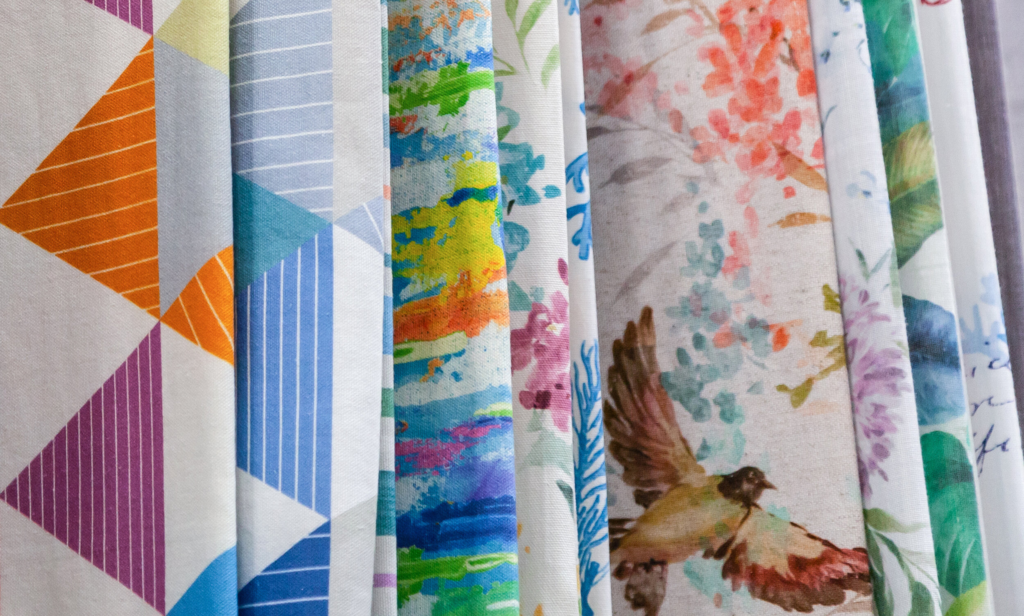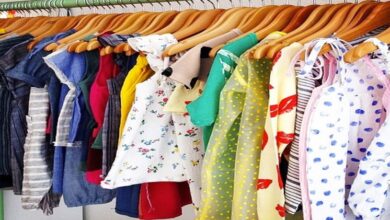The Future of Sustainable Textiles – Innovations in Fabric Manufacturing

In a world where natural resources are scarce, it is important to use them wisely. This includes choosing eco-friendly fabrics made from natural ingredients and effective procedures.
Fortunately, many trailblazers are doing just that. From chemists dyeing fabrics without water to fashion designers using onion skin as fabric, ITMA 2023 showcased many innovative advancements transforming the textile industry.
Cellulosic Fibers
Regarding sustainable fabrics, cellulose is one of the best options. It’s a natural, renewable and biodegradable fiber that can be sourced from trees or plantations. It’s also extremely versatile and can create various textiles, from silky to non-woven. This makes it a great alternative to synthetics, which are often harder to recycle and can have harmful chemicals in manufacturing.
Cellulosic fibers are also incredibly soft and comfortable against the skin, ideal for fashion apparel. They can also absorb moisture easily, which helps to keep the wearer cool and dry. And unlike many other fabrics, cellulose isn’t prone to wrinkling.

However, as with all fabrics, there are some issues with using cellulosic fibers. First, ensuring that the raw materials are sourced responsibly is important. Deforestation and illegal logging are big concerns for the industry, so working with suppliers committed to sustainability is important. Retailers have already begun this by publishing a wood sourcing policy and aligning with the nonprofit Canopy to support responsible forest management.
In addition, it’s crucial to use sustainability in fabric manufacturing to consider the environmental impact of a fabric’s processing and finishing. Chemicals, bleaching and dyeing can all impact the environment, so using only environmentally friendly materials with low toxicity is important.
Biodegradable Plastics
The textile industry produces massive quantities of fabric but also creates significant waste. The process uses industrial chemicals that contaminate the water and air, causing harm to nature and human beings. Often, the textiles end up in landfills or incinerators. As the fashion industry seeks ways to reduce its impact on the environment, it’s been pushing for more sustainable fabrics.
The industry has begun using biodegradable plastics from renewable biomass sources instead of oil-based synthetic polymers. These bioplastics produce significantly less greenhouse gases than synthetic polymers. These plastics have been used in clothing and other textiles, including various protective workwear and outdoor garments.
Biodegradable polymers are gaining popularity among consumers because they can be used in various applications, are nontoxic and have high-performance characteristics. They are also biodegradable and compostable. The growing market for these products is fueled by the rising cost of fossil fuel, climate change and pollution caused by synthetic fibers, and stringent government reforms toward reducing plastic usage.

Manufacturers have been experimenting with creating fiber blends to reduce the cost of making these fabrics. These textiles interweave natural fiber strands with bio- or petroleum-based plastic strands. However, according to a new study by Stanford and IBM researchers, the plastic portion of these blends does not degrade when exposed to light or air.
Hemp
Hemp has long been known as a super-strong, eco-friendly natural fiber. Hemp fabric was used to make the sails and ropes on the ships that Christopher Columbus sailed across the ocean in the 1400s and in ancient Egypt, China and India for its durability. Hemp’s environmental benefits are far-reaching, and the plant requires no toxic pesticides to grow. It even helps control topsoil erosion and makes the land fertile for future crops.
Hemp fibers can be field or water-retted to separate the strands from the herd. The water retting process takes longer but allows the phenolic acids in the hemp fiber structure to remain intact, which increases fiber bioactivity. This enhances the functional properties of the developed fabric, especially its antioxidant and antibacterial activities.
When it comes to fabric production, the sturdiness of a material is important, but equally, so are its environmental and health impacts. The fabric’s sturdiness can be improved by reducing its weight and combining it with other materials to create a more versatile garment. At the same time, the health benefits of the fibers can be increased by processing with less chemical intervention and using nontoxic dyes and finishing techniques.
It’s great that more sustainable materials are starting to creep into mainstream brand collections. Still, consumers need to understand how we consume our clothing contributes to the depletion of natural resources, climate change and pollution of human health. Increasing the lifespan of textiles, including reusing them and upcycling, will significantly reduce the amount of waste created.
Bamboo
Bamboo is a plant that has garnered much attention for its eco-friendliness. It can be mechanically or chemically processed to create sustainable fabrics. Made using the former, it does not require pesticides and has natural antibacterial properties that keep garments fresh longer. Bamboo is also highly sweat-absorbent, so it can help prevent irritation and discomfort caused by damp clothing.
However, there is a bit of controversy surrounding the sustainability of bamboo fabric. When produced by the traditional viscose process (as is most bamboo cloth), it requires a lot of chemicals like sodium hydroxide and carbon disulfide to make. These substances are a huge threat to the environment and, if not properly handled, can cause health problems for workers.

In contrast, bamboo cloth can be made by using a more environmentally friendly and less toxic chemical process known as lyocell. This process uses less harmful ingredients, is closed-loop, and is a more sustainable alternative to rayon viscose.
The mechanical process of creating bamboo fabric involves crushing the woody part of the plant and soaking it in water to extract its cellulose. It is then combed, spun into yarn, and woven to produce a soft and lightweight fabric with a similar feel to linen. This method is labor-intensive and expensive, rarely used to make bamboo cloth.
Also, Read The Following: Kore Original



